Every year, there are 400,000 deaths attributed to preventable mistakes in American hospitals. Read that again—this year, 400,000 people will die from avoidable errors during hospital care. Known as Preventable Adverse Events (PAEs), these serious oversights include medication errors, hospital-acquired infections and misdiagnosis, among others.
With the rapid advances of medical technology and the presence of world-class facilities in many communities, it’s hard to believe such a staggering statistic is possible, yet this is exactly what John James, PhD, found in his 2013 study. To create some perspective, I did some quick math. I calculated that nearly four times as many Americans die from PAEs each year than have died in all of America’s wars over the past 70 years. That got my attention.
As I continued to read, I learned that one major category of preventable adverse events (PAEs) is errors of communication; either between healthcare providers or between providers and their patients. In other words, poor collaboration.
Since helping people work better together is what I do, I wanted to get some first-hand perspectives to better understand what was being done to address this serious problem. So I contacted a couple of friends who develop leaders in the health professions.
First, I heard from Jonathan Silk, Executive Director of Leader Development at the University of North Texas Health Science Center in Fort Worth, Texas. He described that at his institution, there are always three primary objectives: (1) Improve the individual patient experience; (2) Improve population health; and (3) Reduce the costs of care. To accomplish this Triple Aim, Jonathan said, “…we must have high-functioning, collaborative teams where patients are the center of attention, rather than older, provider-centric practices where providers work independently of each other.”
To create high-functioning, collaborative teams, Jonathan sponsors Interprofessional Education (IPE) initiatives as part of his leader and student development strategy. These initiatives center around enhancing communication skills and creating environments where team members feel psychologically safe enough to give each other candid feedback. Jonathan believes this climate of safety and open communication requires strong self-awareness. He noted, “Our students learn that in order to lead others, they have to lead themselves first. We give them several assessments to help them gain a better understanding of their strengths, thinking preferences, and emotional intelligence … That’s our starting point.”
Next, I spoke with Peter Gleason, PhD, Assistant Professor of Health and Social Behavior at Loma Linda University’s School of Public Health. Dr. Gleason emphasized that “healthy communication skills may be the single most important skill set in healthcare—especially in the field of public health, where we often find ourselves forced to influence up and across the organization—something that simply would not be possible without impressive communication skills.”
To develop these skills, Dr. Gleason and his colleagues deployed a series of team-based learning scenarios to help students prepare for the workplaces they will encounter—all of which demand the ability to collaborate, navigate interpersonal conflict, and communicate across disciplines. The SDI, a learning tool that assesses motives and helps people create more productive interactions, has become the centerpiece of this team learning initiative. According to Dr. Gleason, “The SDI has transformed the classroom for students and faculty alike … where students were once distracted and uncomfortable working in groups, we now boast the lowest rates of interpersonal conflict and disengagement in my history at the school.” Armed with a series of success stories, Dr. Gleason is convinced that his school is moving in the right direction when it comes to preparing students for the real-world challenges they will face.
As I reflected on what I learned from my friends, I quickly concluded that the goals they pursue are relevant to the rest of us as well. Of course, we all want to to reduce the number of PAEs in American hospitals, but the need to more effectively work with colleagues and customers is common in every field. In fact, I can’t think of an organization where improving collaboration and reducing the costs associated with misunderstanding and conflict should not be a top priority.
When lives are at stake, collaboration really counts. But collaboration also counts in any high-stakes endeavor—no matter what the industry. My commitment is to do my part in helping people know themselves, understand others, and use their strengths to create authentic connections. What’s your role in improving collaboration in your organization? How can you demonstrate your commitment today?








